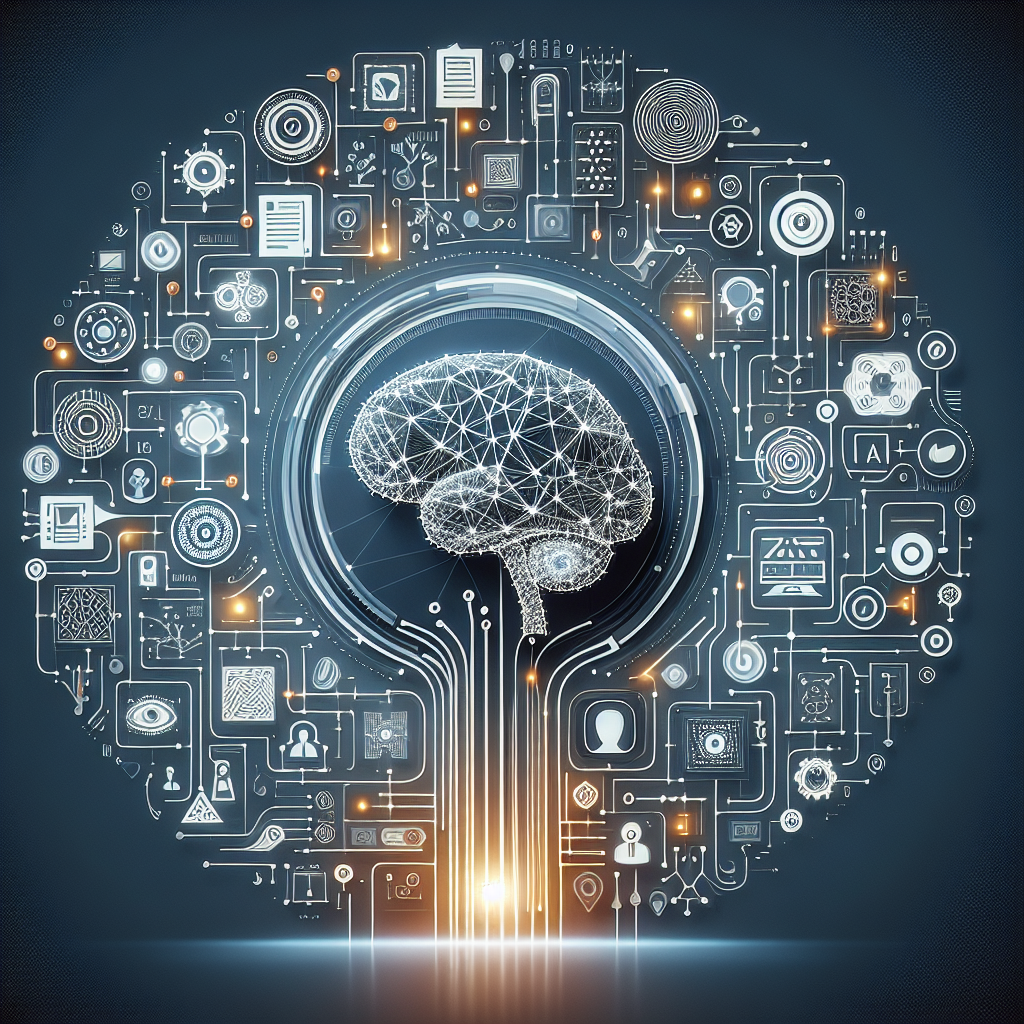Generative Artificial Intelligence (AI) has been making waves in various industries, including user experience (UX) design. This technology has the ability to create designs, content, and even user interfaces autonomously, which can have a significant impact on how designers approach their work. In this article, we will explore the impact of generative AI on user experience design and discuss its implications for the future of UX.
What is Generative AI?
Generative AI is a subset of artificial intelligence that uses algorithms to generate new content, designs, or other types of information. Unlike traditional AI, which relies on rules and predefined patterns, generative AI has the ability to create new and unique outputs based on the data it is trained on.
In the context of user experience design, generative AI can be used to automatically generate wireframes, design layouts, and even user interfaces based on user input and design preferences. This technology has the potential to revolutionize the way designers work, by automating repetitive tasks and allowing for more creativity and innovation in the design process.
Impact on User Experience Design
Generative AI has the potential to transform the user experience design process in several ways. Here are some of the key impacts of this technology on UX design:
1. Automation of repetitive tasks: One of the most significant impacts of generative AI on UX design is the automation of repetitive tasks. Designers spend a significant amount of time creating wireframes, layouts, and other design elements manually. With generative AI, these tasks can be automated, freeing up designers to focus on more creative and strategic aspects of the design process.
2. Faster design iterations: Generative AI can quickly generate multiple design options based on user input and design preferences. This allows designers to explore a wider range of design possibilities in a shorter amount of time, leading to faster design iterations and ultimately better user experiences.
3. Personalized user experiences: Generative AI can create personalized user experiences by analyzing user data and preferences. By generating designs that are tailored to individual users, designers can create more engaging and relevant experiences that resonate with their target audience.
4. Enhanced creativity and innovation: By automating repetitive tasks and speeding up the design process, generative AI can free up designers to explore more creative and innovative design solutions. This technology can help designers push the boundaries of traditional design practices and create truly unique and impactful user experiences.
5. Improved consistency and scalability: Generative AI can ensure consistency in design elements across different platforms and devices. By generating designs based on predefined rules and patterns, designers can create cohesive and scalable design systems that can be easily adapted to different contexts and use cases.
FAQs
Q: Will generative AI replace human designers in the future?
A: While generative AI has the potential to automate certain aspects of the design process, it is unlikely to replace human designers entirely. Design is a creative and human-centered process that requires empathy, intuition, and critical thinking, which are qualities that AI lacks. Instead, generative AI is more likely to augment the work of designers by automating repetitive tasks and helping them explore new design possibilities.
Q: How can designers leverage generative AI in their work?
A: Designers can leverage generative AI in their work by using it to automate repetitive tasks, generate design options, and create personalized user experiences. By integrating generative AI tools into their design process, designers can streamline their workflow, explore new design possibilities, and create more engaging and innovative user experiences.
Q: What are some of the challenges of using generative AI in UX design?
A: Some of the challenges of using generative AI in UX design include ensuring the quality and relevance of the generated designs, overcoming biases in the training data, and integrating AI tools into existing design workflows. Designers also need to consider ethical implications, such as data privacy and transparency, when using generative AI in their work.
In conclusion, generative AI has the potential to revolutionize the user experience design process by automating repetitive tasks, speeding up design iterations, and enabling designers to create more personalized and innovative user experiences. While there are challenges to overcome, the impact of generative AI on UX design is likely to be profound, shaping the future of design practice and pushing the boundaries of creativity and innovation.

